VW: PowerCo begins construction of first buildings at Canadian battery factory
Specifically, PowerCo reports that foundation work has started for three large buildings covering a total area of around 79,000 square metres. The construction is being carried out by Canadian contractor Magil Construction Canada.
In total, the company plans to use 46,000 square metres of formwork, more than 32,000 cubic metres of concrete and around 4,850 tonnes of reinforcing steel. “Steel erection by Canadian partner Steelcon, is also set to commence in the coming weeks,” PowerCo said.
Volkswagen announced in spring 2023 that its first North American battery cell plant would be located in St. Thomas, Ontario, with an annual production capacity of up to 90 GWh. The battery subsidiary PowerCo confirmed completion of site preparations later that year, followed by an official groundbreaking ceremony in early 2024. Since then, extensive earthworks have been carried out, and the latest construction marks the start of work on the facility’s first main buildings.
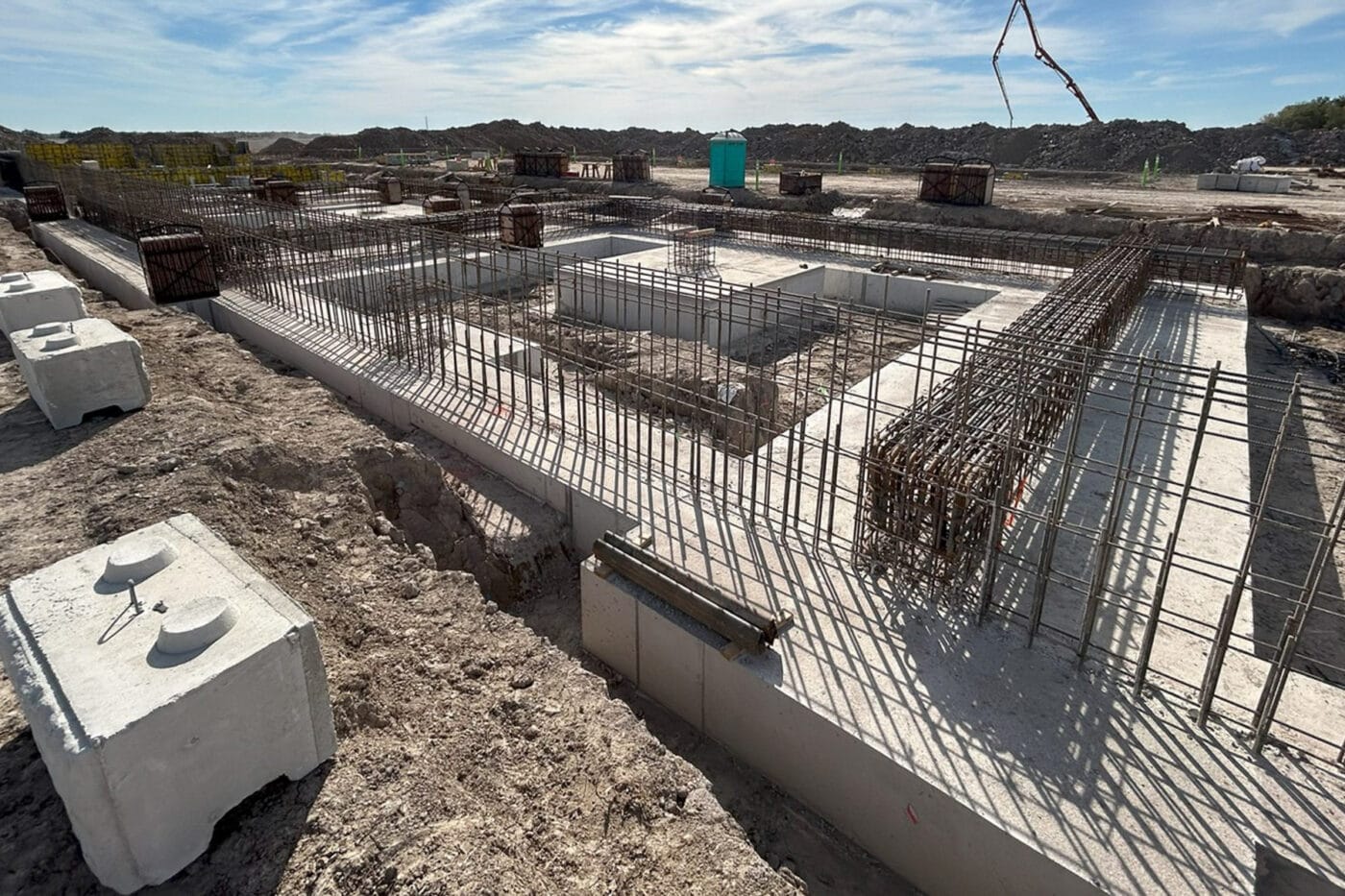
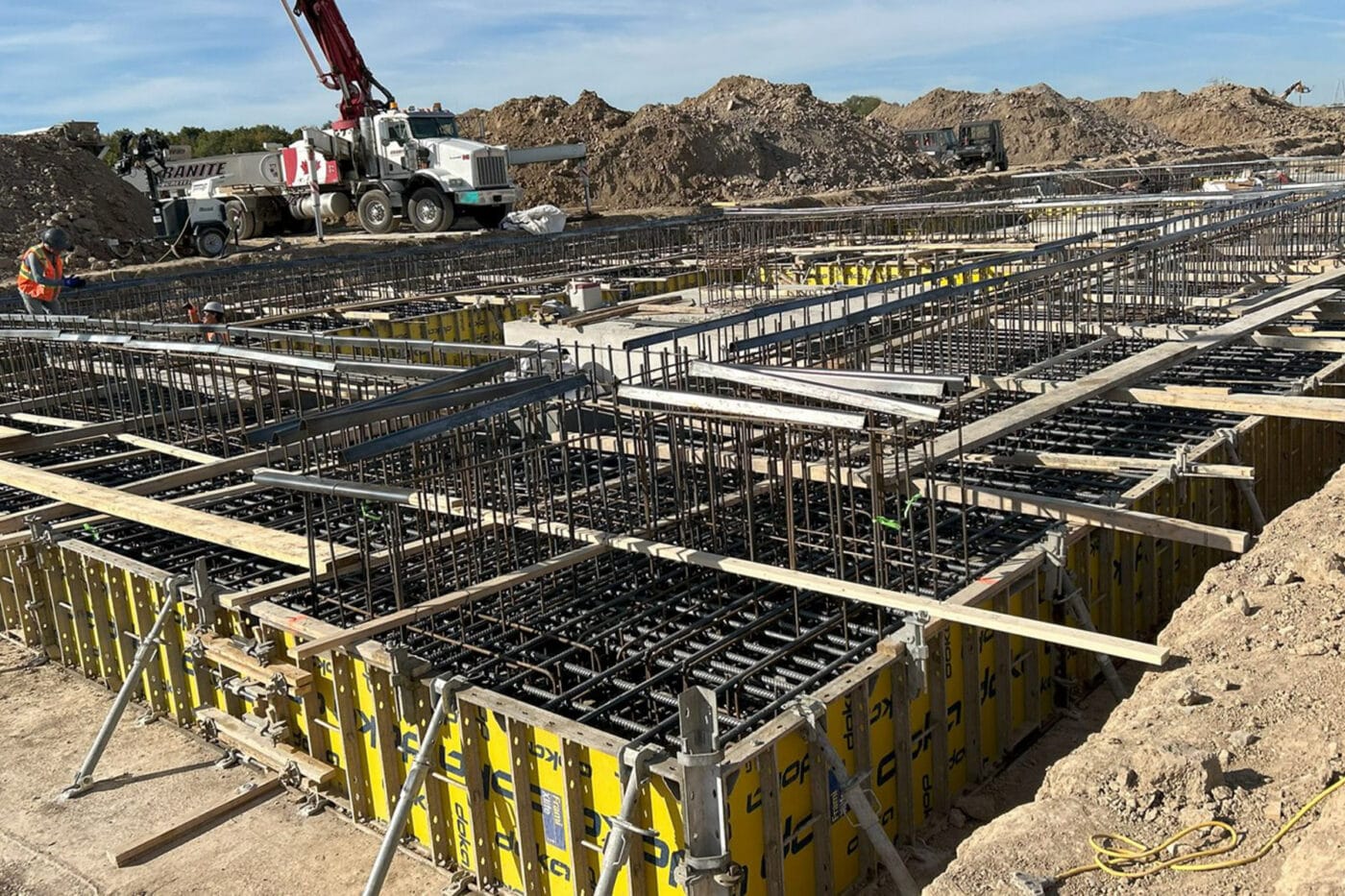
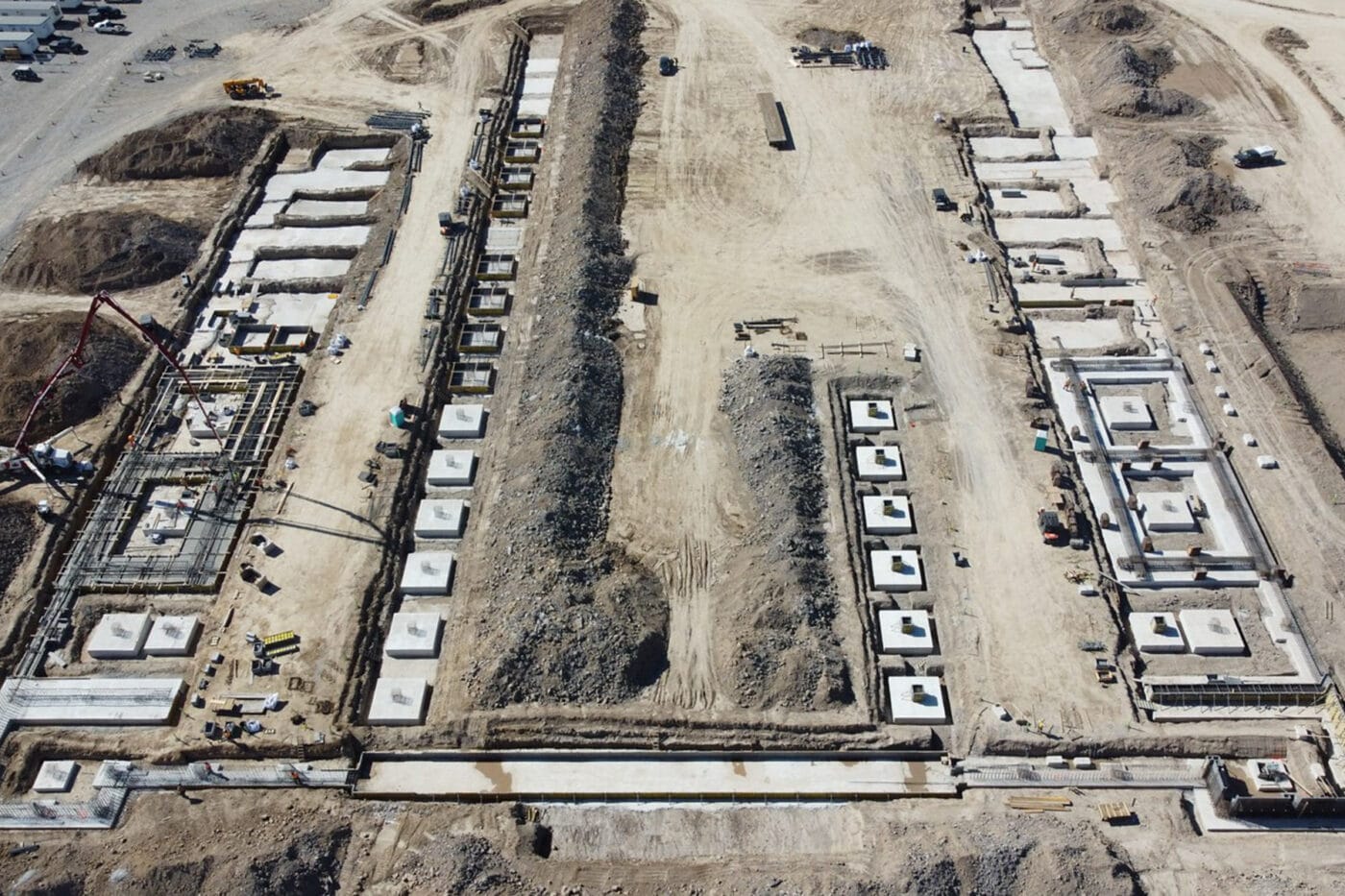
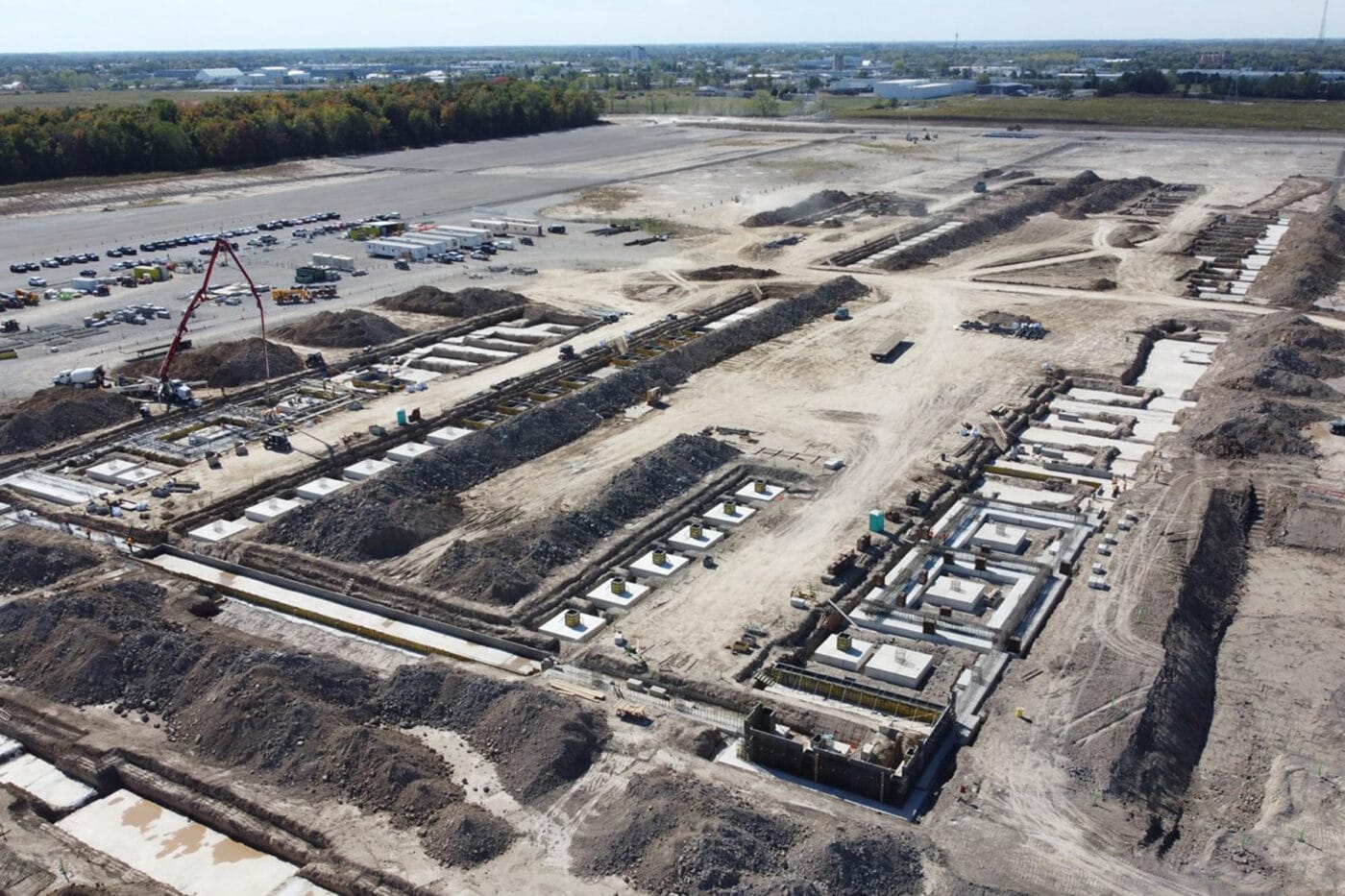
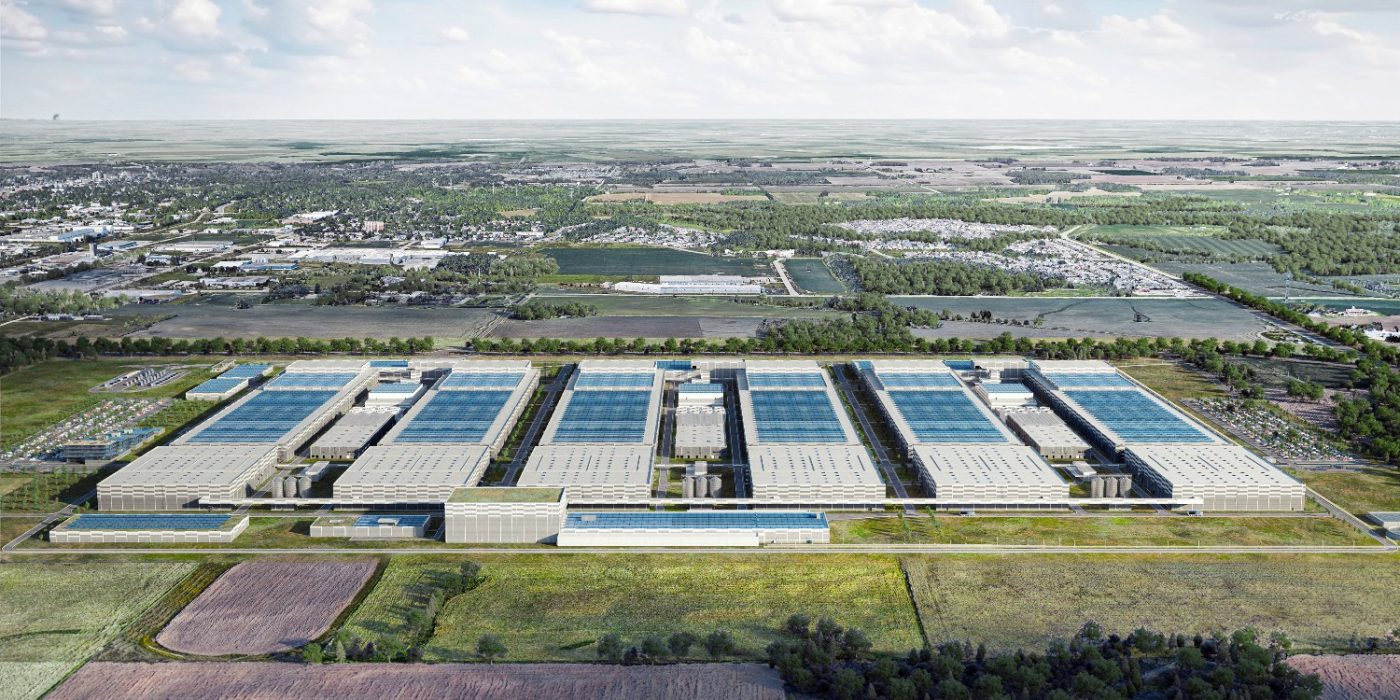
With the current progress, PowerCo says it remains on track to start production in 2027. “Today marks a big milestone for PowerCo Canada, as we officially mark the beginning of construction on our third and largest EV gigafactory worldwide”, said Frank Blome, CEO of PowerCo SE. “Electric vehicles are the future of the global automotive sector, and we’re proud to spearhead such a significant investment, while positioning Canada at the forefront of innovative EV battery production. We aim to build a global battery champion with a strong footprint in Europe and North America.”
In St. Thomas, PowerCo will produce the unified cell – a prismatic battery cell design of standardised dimensions that can be adapted for different applications through variations in cell chemistry. This approach allows the same cell format to serve compact cars, premium saloons or electric trucks, with differences only in the number and chemistry of cells used.
Battery production in Canada is considered lucrative
According to PowerCo, the unified cell and 90-GWh capacity will support “a more resilient domestic supply chain and further solidifying Canada’s position as a global EV manufacturing hub.” The choice of Canada over a potential US site was influenced by the country’s supply of renewable energy for low-emission cell production and extensive federal and provincial incentives.
Unconfirmed reports suggest that, due to the level of government support, the St. Thomas site may hold internal priority within the PowerCo network. While the European facilities in Salzgitter and Sagunt will start at 20 GWh each, St. Thomas is expected to scale up to its full 90-GWh capacity first. This could make Canada an export hub for Volkswagen battery cells, though this scenario has not been officially confirmed.
“We are taking an important step in making Canada a world leader in the EV and battery industry,” said Mélanie Joly, Canada’s Minister of Innovation, Science and Industry. “PowerCo’s new facility in St. Thomas will strengthen our domestic EV battery production while also bringing benefits to Ontario and Canada’s manufacturing sectors such as steel and aluminum. The construction of this facility will create good-paying jobs now, as we are working towards a cleaner, more sustainable and resilient economy.”
Doug Ford, Premier of Ontario, added: “Ontario has the best workers in the world and PowerCo’s once-in-a-generation investment is proof we have everything we need right here to build the most competitive economy in the G7. With construction underway, we are already seeing the benefits with good-paying jobs for local workers, contracts for Ontario companies, and an even stronger position for our province in the global EV market.”
PowerCo stated that recruitment efforts are already in full swing. Since the launch of “a major campaign across Southwestern Ontario,” the company has received over 100 applications.
This article was first published by Sebastian Schaal for electrive’s German edition.

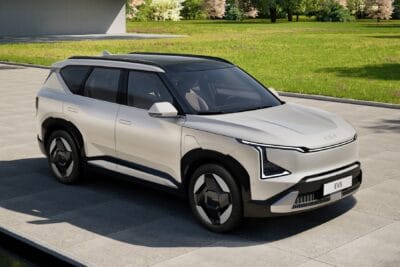

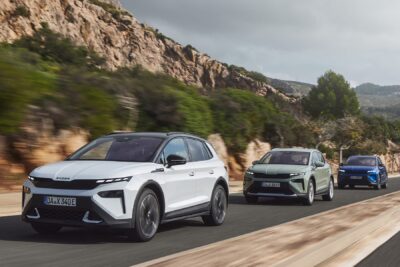
0 Comments